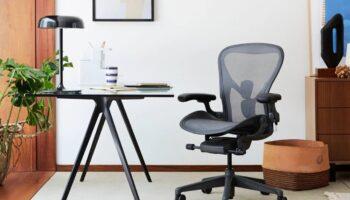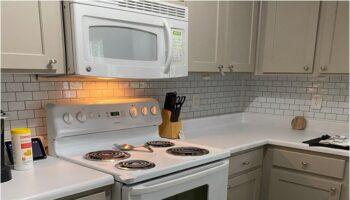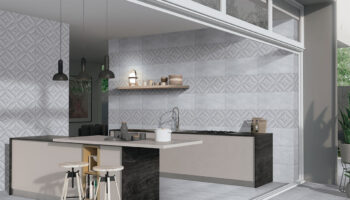Epc4less, a provider of Energy Performance Certificates (EPCs) in Belfast, will shed some light in this article on how to improve energy by insulating the cavity wall of your house.
Solid walls
Solid stone and brick were the most popular materials used to construct walls in Belfast before the 1920s. The idea of cavity wall developed in Belfast after 1920 and further became popular after the 1930s. All walls around the outer perimeter of the building have two sides: The inner wall is also known as the masonry wall (inner block leaf) and an external wall, which is also known as the outer brick leaf or the face brick. The two walls are separated by a cavity that is filled with air. The building control standards did not require people to construct homes with insulated cavity walls before the 1980s. Therefore, the majority of homes built in Belfast, Northern Ireland between 1930 and 1980 had an empty cavity.
For you to insulate the cavity of a building, you have to inject insulation into the wall. The process of inserting the insulation entails drilling small holes (size of a pound coin) around the outer perimeter of the external wall of the building. Then you pump polyester beads mixed with a water-based adhesive with force to the holes. As you inject the mixture into the holes, the beads will fill the whole cavity because they move around window openings and corners. A mix of cement or another material matching the current outermost finish of the property is used to fill the holes.
The process will increase the Energy Performance Certificate rating of the property. You can contact epc4less, by searching for EPC Belfast in your local Belfast directory.
Insulation of cavities of houses constructed after the 1980s
In the late 1980s, there were new building regulations in Northern Ireland requiring every house to be constructed with cavity insulation. For homes built after 1980, mineral fiber wool, Kingspan foam blocks polystyrene granules (beads), and polyurethane foam are some of the solutions used to fill cavity walls. The use of Rigid Kingspan Insulation boards and fiber wools are some of the most popular materials used for cavity walls in Belfast.
Impact of cavity insulation on Energy Performance Certificates (EPCs) in Belfast
According to Energy performance rating methodology, the outer walls can lose up to 35% of the heat energy of a home. Insulation of cavity exterior walls increases the Energy Performance Certificate rating by 5-10 points. However, the score depends on the size of the property.
Bigger houses have longer perimeters around them. Therefore, the larger the building, the higher the impact of installing the cavity insulation in its Energy Performance Certificate rating. Mid-terrace properties will have a lower impact on the Energy Performance Certificate rating.
However, detached properties, have a more extended heat loss perimeter. Therefore, detached houses are more likely to benefit in terms of energy performance improvement from cavity insulation.
If maximizing the Energy Performance Certificate rating is crucial for your home, wall insulation is something you should consider. Contact a local EPC provider in Belfast, such as epc4less, for a consultation and/or an EPC survey of your home.





